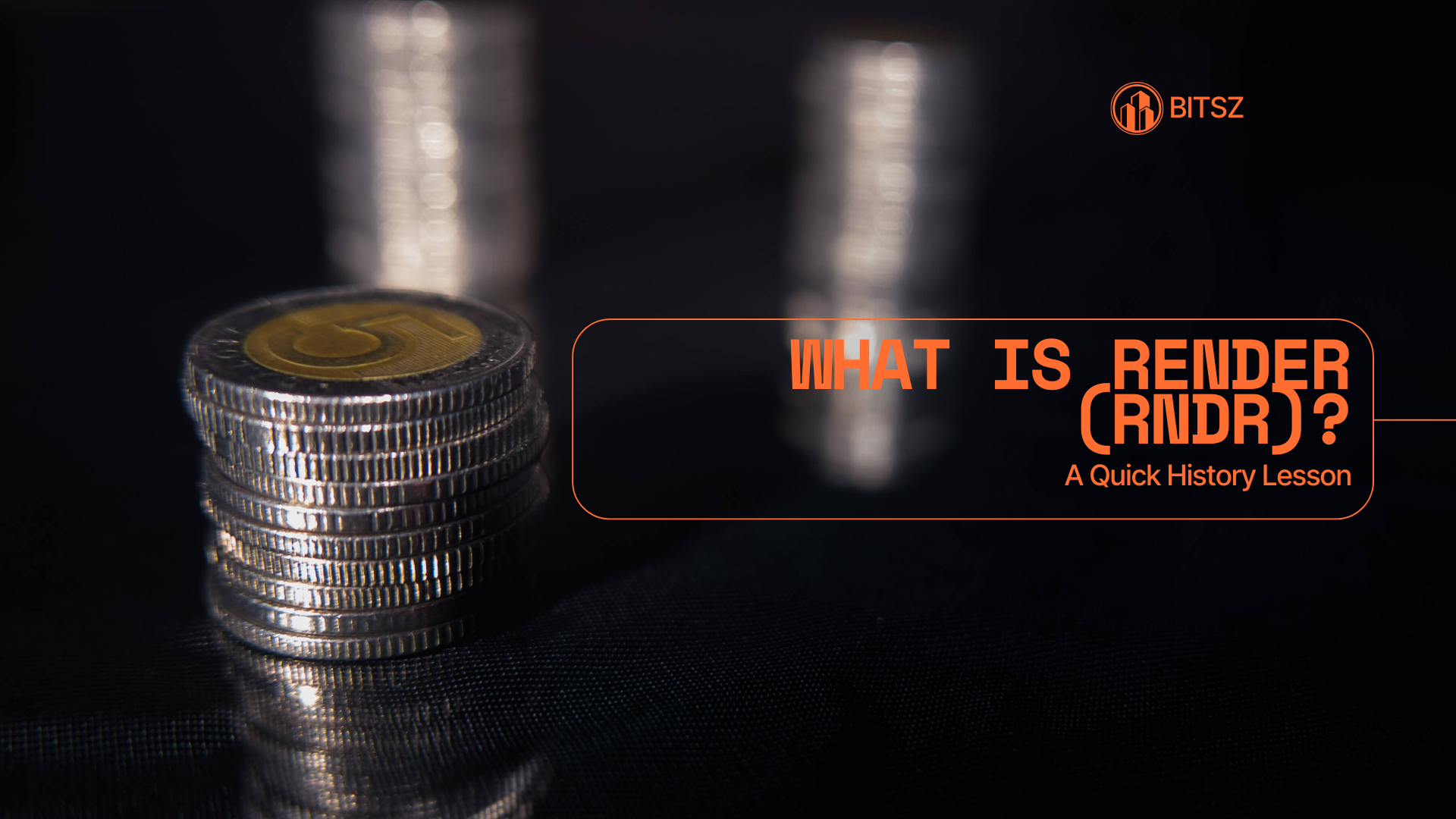
If you’ve heard that Render turns idle GPUs into a global rendering cloud, you’ve got the right idea. The Render Network links GPU providers (people or data centers with spare graphics cards) to creators who need rendering power for 3D, VFX, or related compute. It’s built around software from OTOY, Inc., and coordinates jobs and payments on-chain.
Below is the quick guide to what Render (RNDR/RENDER) is, how it evolved, how the token model works, and where it fits in 2025.
A brief origin story
- 2017: Render is introduced by Jules Urbach (OTOY). The founding vision: a peer-to-peer marketplace that taps idle GPUs to make high-quality rendering cheaper and faster for artists.
- 2018–2020: The team showcases early tech at industry events (e.g., SIGGRAPH) and expands documentation/whitepaper materials that describe using a decentralized GPU model to accelerate 3D pipelines.
- 2023 (Nov. 2): A major milestone—the network upgrades from Ethereum to Solana, with a tooling “Upgrade Assistant” for token holders. This followed community votes to expand to a higher-throughput, lower-latency L1.
- 2024–2025: The token model and docs are refreshed: RNDR (ERC-20) is upgraded to RENDER (SPL) on Solana at a 1:1 ratio; the tokenomics formalize the Burn-and-Mint Equilibrium (BME); and public dashboards track burns/mints and network stats.
What the network actually does
Render runs a marketplace for GPU compute:
- Creators submit rendering/compute jobs and pay using Render Credits (purchased via fiat on-ramps like PayPal/Stripe, then represented on-chain).
- Providers (node operators) do the work and are paid according to the job and the network’s emissions schedule.
- The system is designed to scale by pooling many independent GPUs and routing jobs toward the right tier of performance/security.
From a buyer’s standpoint, it’s “on-demand GPU power” that plugs into familiar 3D tools. From a provider’s standpoint, it monetizes underused GPUs. The knowledge base frames this as a compute marketplace between GPU Providers and GPU Requestors, built around OTOY’s rendering stack.
RNDR → RENDER on Solana: why it changed
In 2023, the community approved proposals (e.g., RNP-002) to expand to a faster base layer and implement new token mechanics. The upgrade to Solana aimed for low latency and high throughput for network settlement and incentives. The Foundation announced a successful upgrade in November 2023; token holders were given an official portal to perform a 1:1 upgrade from RNDR to RENDER.
Today, RENDER (SPL) is the live token for the network’s economics on Solana; the legacy RNDR (ERC-20) was upgradeable to RENDER at par via the official process.
How payments and pricing work
Render’s Burn-and-Mint Equilibrium (BME) ties network usage to token flows:
- Creators pay for jobs (priced in dollars) by converting into Render Credits; this action triggers burns of RENDER equal to the job’s value.
- Providers receive newly minted RENDER as rewards for completed work, guided by an emissions schedule and community parameters.
- The aim is to balance supply and demand: burns reflect real usage; mints reward real work. Public docs and dashboards track this in detail.
The whitepaper and docs also describe a multi-tier pricing (MTP) approach: creators can pick tiers based on speed, cost, security, and operator reputation, trading price for turnaround time and assurance.
Key components you’ll see in docs
- Render Credits: non-exchangeable credits used to request work; they can be acquired with fiat through integrated providers to keep UX smooth for creators.
- Node Operators / Providers: GPU owners who fulfill jobs and earn rewards per the emissions rules.
- Governance (RNPs): improvements arrive via Render Network Proposals (e.g., RNP-001 for BME, RNP-002 for L1 expansion, RNP-006 for the SPL token upgrade).
Where Render fits among AI/compute tokens
Render is often grouped with “AI/compute” projects because it sells a real service—GPU time—for graphics/3D and adjacent workloads. Trade-press coverage followed the migration debate and decision, highlighting why Solana’s throughput appealed to Render’s on-chain settlement and rewards. CoinDesk wrote about the plan early in 2023 and tracked community movement around the proposal.
Compared to networks that primarily tokenize data or model access, Render’s story remains clear: creators burn value to get work done; providers mint rewards for doing real compute—visible on on-chain burn/mint stats.
How creators actually use it
- Plug-in-level workflow: The official site pitches Render as a way to “supercharge your creative workflow,” harnessing idle global GPU power to reduce render times and costs with tools that hook into common DCC stacks.
- Predictable pricing: With BME and tiered pricing, creators can forecast costs more easily and choose the right speed/price mix per job.
- Fiat on-ramps: Credits can be bought via well-known payment rails (e.g., PayPal/Stripe), so you don’t have to be “crypto-native” to submit a job.
How providers participate
- Provide GPU capacity: Run the node software, pass eligibility and reputation checks, and start taking jobs.
- Get paid in RENDER: Rewards flow via the emissions framework under BME; operator reputation and job completion affect your economics.
- Mind the tiers: Some tiers pay more for higher reliability/security; see the whitepaper for how multi-tier pricing and availability rewards work.
Why Render matters in 2025
- It commoditizes GPU power for creators who can’t (or don’t want to) run their own farm.
- It marries real-world demand (3D/compute) to on-chain accounting, with BME designed to align supply/demand over time.
- It shows how a network can replatform from one L1 (Ethereum) to another (Solana) when performance and cost profiles change—guided by open proposals and community votes.
Bottom line
If you’re asking “what is Render” or “RNDR token explained,” think of Render as a GPU marketplace with clear, usage-driven token flows. Creators burn value to get frames rendered; providers mint rewards for doing the work; governance tunes the system as demand grows. In an era of exploding 3D and AI workloads, that’s a practical way to plug more GPUs into more creative pipelines—without buying the farm yourself.